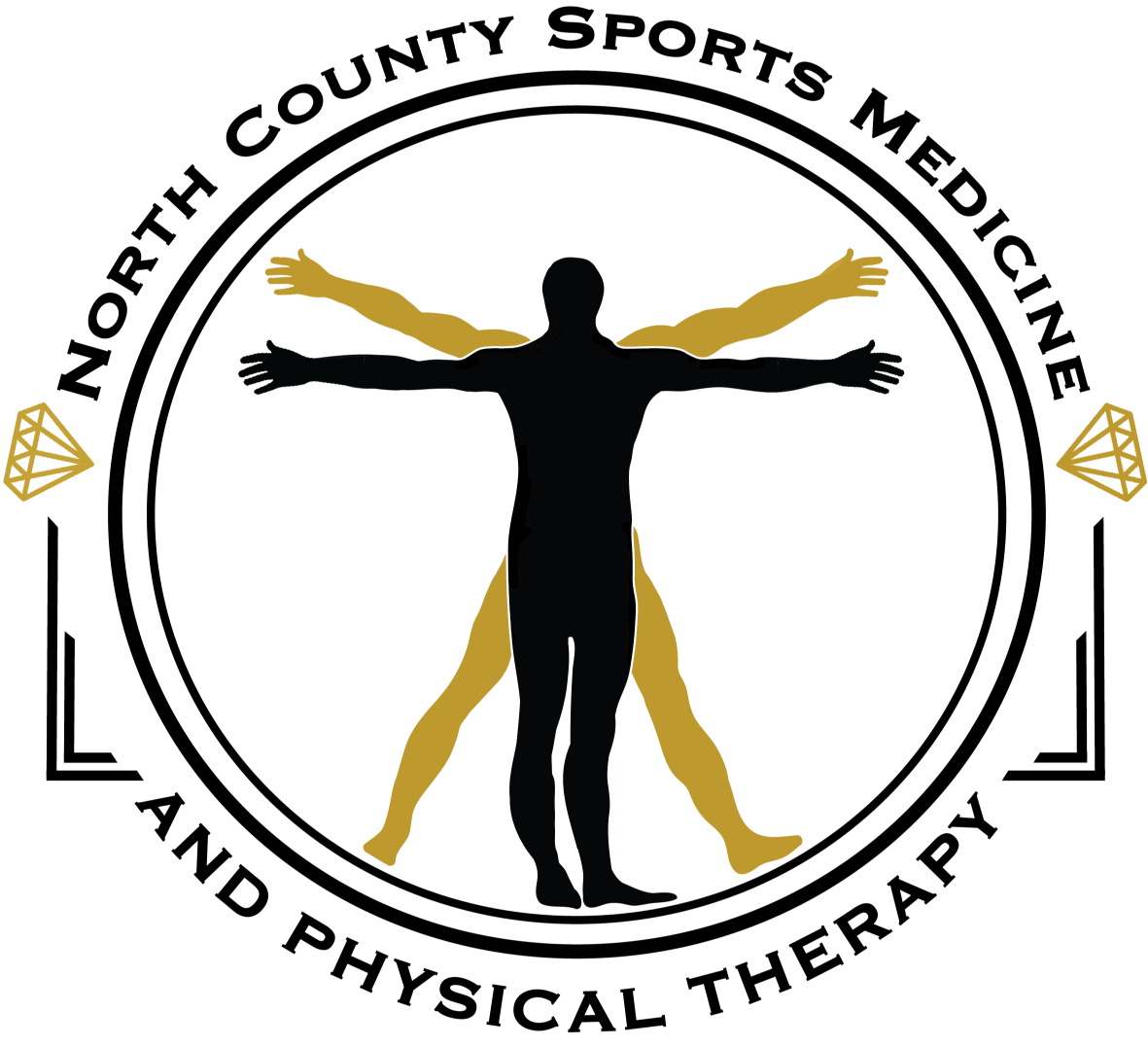Physical therapy TIPS
I have persistent neck pain that gets worse when I sit at work or drive. What can I do?
Assuming there is no underlying pathology in the cervical spine, the first thing you want to do is check your posture. Have someone take a profile picture and focus on the hips up to the head, either sitting or standing. Ideally your ears should be in line with your shoulders, not forward. Probably at least 50% of the population has a “forward head posture” which places undo strain on the neck and back, inevitably leading to pain. If you notice your head is forward relative to the shoulders, follow these two recommendations.
1. Chin tuck: sitting, tuck your chin as if “nodding yes.” This is a subtle movement and shouldn’t cause pain. Hold this position for 5 seconds and repeat 15-20 times. This exercise can easily be done while sitting at work or driving.
Chin is tucked (cervical retraction) and ears are in line with shoulders
2. Place rolled towel on pillow, under your neck
Sleeping posture: roll a hand towel length wise and place it on top of a pillow, behind your neck. This supports the natural lordotic curve of the cervical spine and places the neck in an efficient resting position. You likely won’t be able to maintain this position on your back the entire night, but try falling asleep with the towel roll and see how you feel when you wake up.
Achieving, correcting and maintaining optimal spinal posture is no easy task and requires a lot of practice. At the same time is can’t be overlooked or minimized as a source of major dysfunction. Keep your head up, shoulders back and be ready to handle anything that comes your way!
Place rolled towel on pillow, under your neck
I get low back pain when I stand, lift or walk more than 10 minutes. It’s horribly frustrating, what can I do at home to minimize the pain?
These symptoms are consistent with joint arthropahty or wearing in the joint spacing between the vertebrae. Generally you want to approach this with thinking about decreasing the load or compression between the joint spaces. Follow these three exercises at home to decrease the back pain.
1. Lower trunk rotation: lay on the floor or bed with knees bent, feet flat on the surface and arms out to the side. Place your feet and knees together, slowly rotate your hips/knees side to side keeping it within a pain free range of motion. This is a self-mobilizatoin technique to “open” or “gap” those painful facet joints in the low back. It should’t cause more pain. Perform 20-30 times side to side, try at least twice a day.
2. Single knee to chest
Knee to chest stretch: same position as above only now pull one knee towards the chest with your hands and let the other leg just rest. This should feel relieving to the low back. Hold the stretch 30 seconds, repeat three times on each side. You also have the option of pulling both knees to the chest at the same time. Either way, whatever feels better is great.
Double knee to chest
3. Bent over lat stretch: this stretch is great because it is a stretch to the big latissimus dorsi muscle in the back and opens the facet joints. Stand at a kitchen or bathroom counter, hold onto the edge of the sink, bend the knees slightly and sit back into your hips as if you are unweighting your shoulders. Try to get low to the floor to the point of feeling relief in the back. Look down towards the floor and hold the stretch for 30 seconds, repeat 2-3 times.
Try to unweight your shoulders so that you can comfortably sit back into your hips
My low back was stiff and now more recently the pain is on one side of my glutes and now it hurts to bend forward, sitting for more than 5-10 minutes aggravates it. What should I do?
Quick assessment would point to this being a discogenic issue (pain is coming from a disc). The first step is to apply ice to the area for 20 minutes, preferably laying on your stomach with a pillow under your hips. Also take some sort of anti-inflammatory such as Ibuprofen unless not medically indicated by your doctor. The rule of thumb approach to decreasing the back pain is to “centralize” your symptoms; this means decreasing the peripheral pain from the hip/glutes/thigh and centralizing the pain to the low back as best as possible. There is a good prognosis if you can centralize the symptoms early.
The next step is to perform a “prone press up” exercise which should help centralize the pain. Lay on your stomach with hands flat on the floor and elbows bent at your side. Press up and hold 5-10 seconds, repeat 20 times. Generally the acuity of pain will diminish with time; however, you should schedule an appointment with a physical therapist or an MD if you feel pain medication is necessary.
Starting position
Ending position; hold here 5 seconds and repeat 20 times









